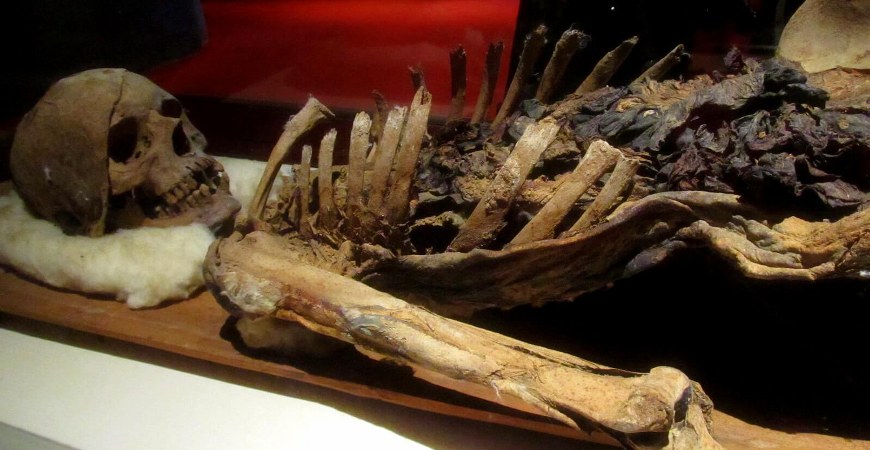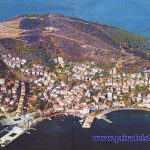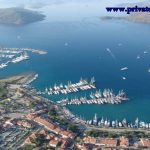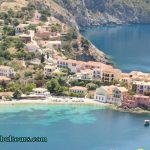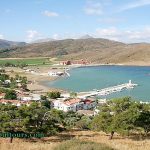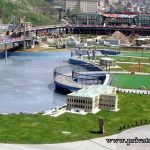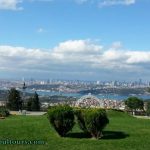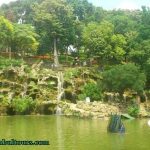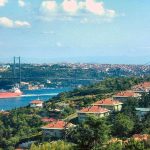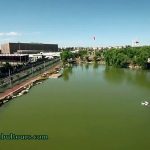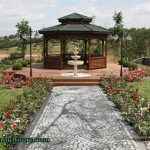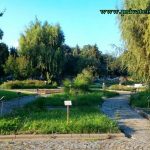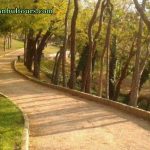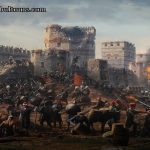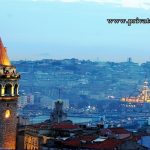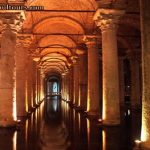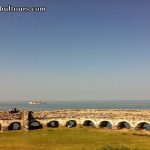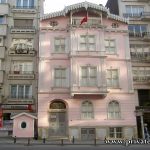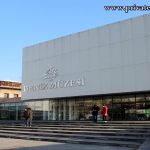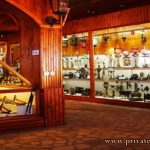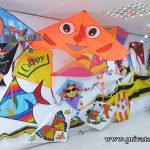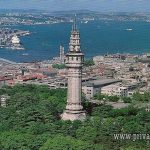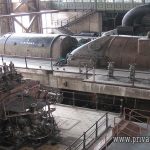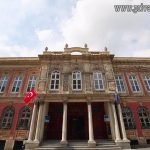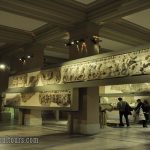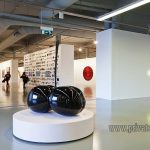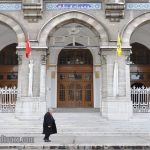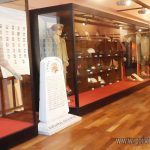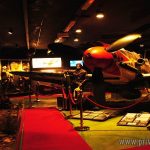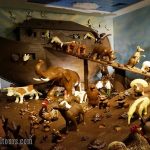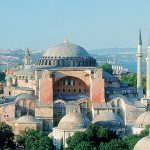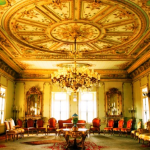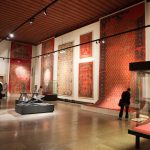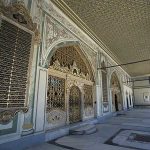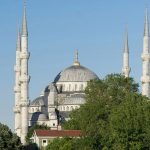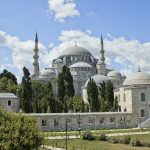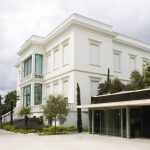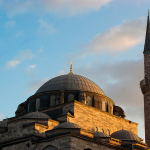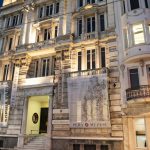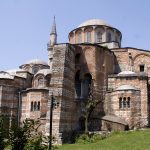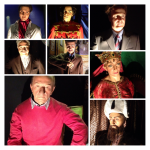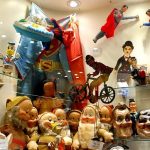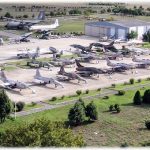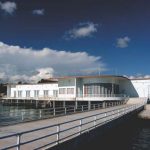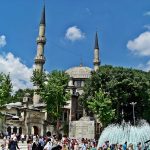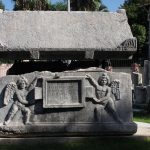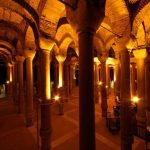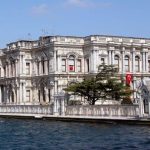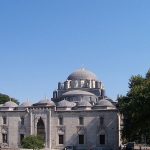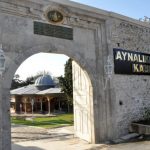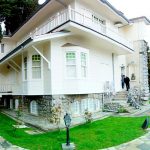The Archaeological Museum in Sultanahmet,
Section of Classic Works: This section contains a rich collection of works which have been gathered since the second half of the last century. Because it is an imperial museum it does not only include documents concerning civilizations within Turkey but also works from countries within the Ottoman Empire, including Greece, the Aegean islands, Cyprus, Libya, Syria and the Lebanon. Apart from some pottery etc. from the Prehistoric Age, the works generally date from the first millennium BC to the end of the Byzantine period. In the rooms on the ground floor of the building are Roman and Byzantine period building stones and sculpture, sarcophagi, grave and offering styles, arranged partly according to chronological order and partly according to their place of origin. They were either uncovered by excavations, found by chance or bought by the museum.
The architectural finds include Ionian capitals and pieces of the leaves of the Assos Athena temple from the Archaic period; and friezes from the Menderes Magnesiasi Artemis temple and Hecate temple in Legina which date from the Hellenistic period; important examples of Roman architecture from Aphrodisias and of Byzantine period architecture from the excavations of a church near Sarachane in Istanbul. Among the most interesting of the works of sculpture, which are arranged according to style and period, are the Sayda sarcophagi, and works from the Greek – Persian period and the Hellenistic age. The museum also possesses an interesting collection of sarcophagi, styles, and column capitals from various periods. On the upper floor of the museum are exhibited small stone works, bronze, glass and clay statuettes and pottery, which are arranged according to type and place of origin in glass showcases.
Among the pottery are interesting examples of pre-historical Anatolian cultures, including the Hacilar, Fikirtepe, Yortan, Troy and Phrygian. There are also examples of dishes belonging to cultures of various periods outside of Anatolia, including Palestinian, Cypriot and Pateli in Greece. A separate room contains Cypriot sculpture of various periods. There is a large enough collection of Classic ceramics to trace the development of technique, and beautiful examples of Anatolian Archaic ceramics found during excavations at Candarli.
The most important finds of clay statuettes come from Lindos, Istanbul, Samsun, and Priene and show the development of style. Among the collection of ornaments in the section of classical works are offering objects found in the foundations of the temple of Artemis at Ephesus and from Troy II (3000 BC). The most valuable of these are ivory statuettes and figurines. There is also a Coin Section containing 450 thousand coins divided into two sections, of those from the Islamic and pre-Islamic periods. One portion of the Islamic coins and medallions are displayed in a room of the Coin Section The coins which are not being exhibited are stored in special cupboards. In the rooms on the top floor of the museum is a rich specialist library the books in which were mainly received as donations. There are separate sections containing the museum laboratories, repair shops, and a photographic laboratory. Construction of an annex containing extra exhibition rooms has begun because of lack of space.
Excavations in 1935 at a site to the east of Sultan Ahmet Mosque in Istanbul uncovered the floor mosaics of a Byzantine palace, and these were preserved at the original site. These IV and V century AD mosaics depict fighting animals, stories from mythology and trees. The shops which were on the site were restored and turned into a mosaic museum, exhibiting mosaics from various periods.

